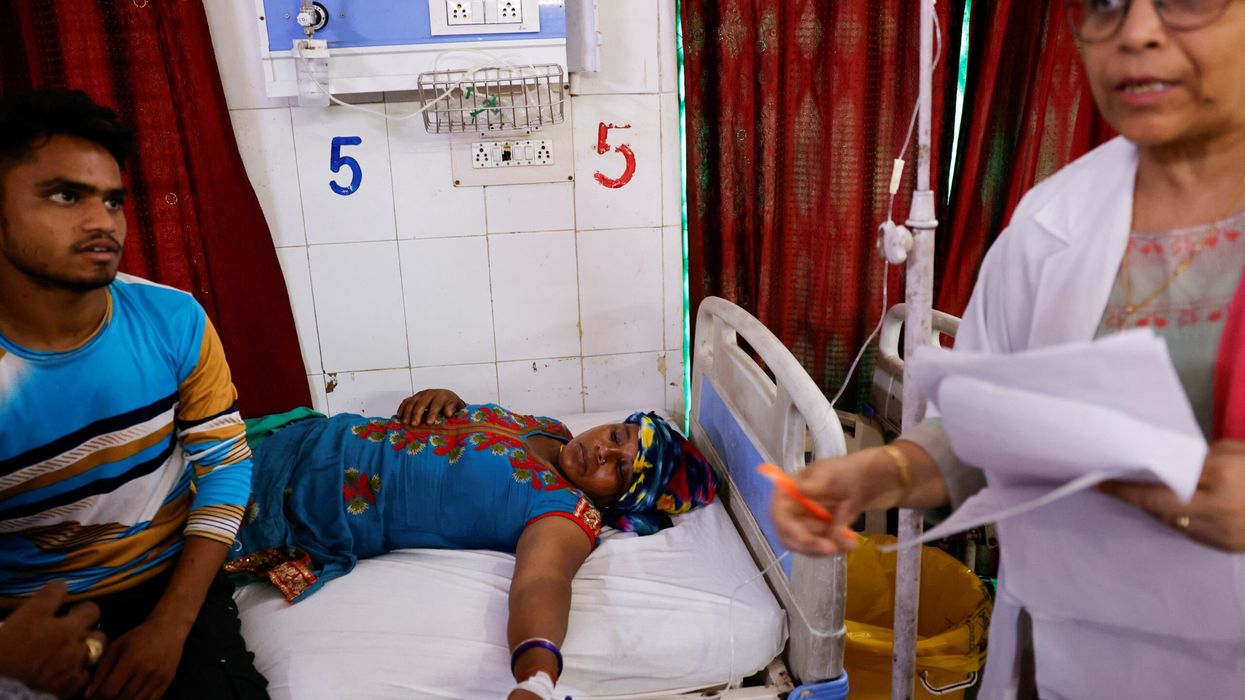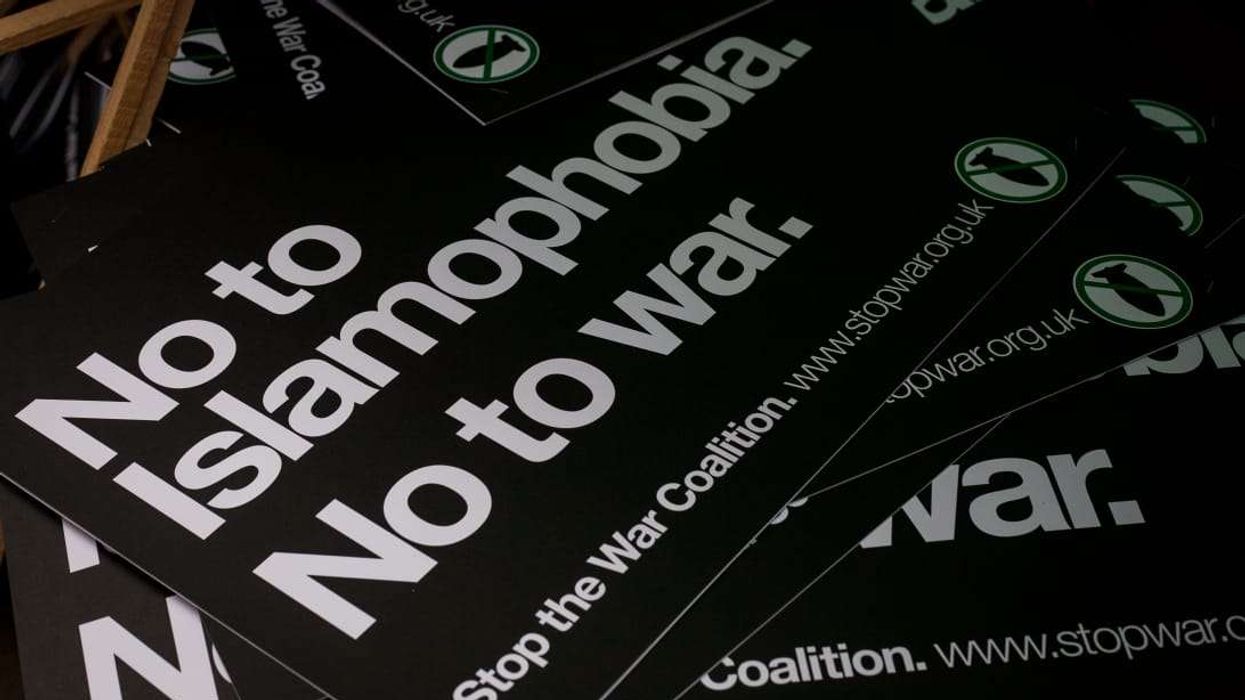SURVIVORS of India's deadliest stampede in more than a decade recalled on Wednesday the horror of being crushed at a vastly overcrowded Hindu religious gathering where 121 people were killed.
A police report said more than 250,000 people attended the event in northern India's Uttar Pradesh state, more than triple the 80,000 for whom organisers had permission.
Discarded clothing and lost shoes were scattered across the muddy site, an open field alongside a highway, on Wednesday morning hours after the event.
People fell on top of each other as they tumbled down a slope into a water-logged ditch, witnesses said.
"Everyone - the entire crowd, including women and children - all left from the event site at once," said police officer Sheela Maurya, 50, who had been on duty Tuesday as a popular Hindu preacher delivered a sermon.
"There wasn't enough space, and everyone just fell on top of each other."
Almost all the dead were women. Dozens more were injured.
Officials suggested the stampede was triggered when worshippers tried to gather soil from the footsteps of the preacher, while others blamed a dust storm for sparking panic.
Some fainted from the force of the crowd before falling and being trampled, unable to move.
Forensic officers scoured the site on Wednesday searching for evidence.
Uttar Pradesh's state disaster management centre, the Office of the Relief Commissioner, released a list of the dead on Wednesday morning.
It said 121 people had been killed.
'Crushed'
Maurya, who had been on duty since early morning on Tuesday in the sweltering, humid heat at the preacher's ceremony, was among the injured.
"I tried to help some women but even I fainted and was crushed under the crowd," she told AFP.
"I don't know, but someone pulled me out, and I don't remember much."
Deadly incidents are common at places of worship during major religious festivals in India, the biggest of which prompt millions of devotees to make pilgrimages to holy sites.
"The main highway next to the field was packed with people and vehicles for kilometres, there were far too many people here," said Hori Lal, 45, who lives in Phulrai Mughalgadi village, near the site of the stampede.
"Once people started falling to the side and getting crushed, there was just chaos."
Chaitra V., divisional commissioner of Aligarh city in Uttar Pradesh state, initially said panic began when "attendees were exiting the venue when a dust storm blinded their vision, leading to a melee".
The initial police report into the deaths said it began when "followers started to collect earth" from the path of the preacher as he left the venue.
Maurya said she had worked at several political rallies and large events in the past but had "never seen such huge numbers".
"It was very hot, even I fell there and I survived with great difficulty", she added.
'Heart-rending'
Four unidentified bodies lay on the floor of a makeshift morgue at the hospital in the nearby town of Hathras at dawn on Wednesday.
Ram Nivas, 35, a farmer, said he was searching for his sister-in-law Rumla, 54, who was missing after the crush.
"We haven't been able to find her anywhere," Nivas said after he had visited all the nearby hospitals throughout the night.
"We just hope she's still alive," he said quietly. "Maybe just lost."
In the hospital's emergency ward, Sandeep Kumar, 29, sat next to his injured sister, Shikha Kumar, 22.
"After the event ended, everyone wanted to exit quickly, and that is what led to the stampede," Sandeep said.
"She saw people fainting, getting crushed."
Religious gatherings in India have a grim track record of deadly incidents caused by poor crowd management and safety lapses. (AFP)












